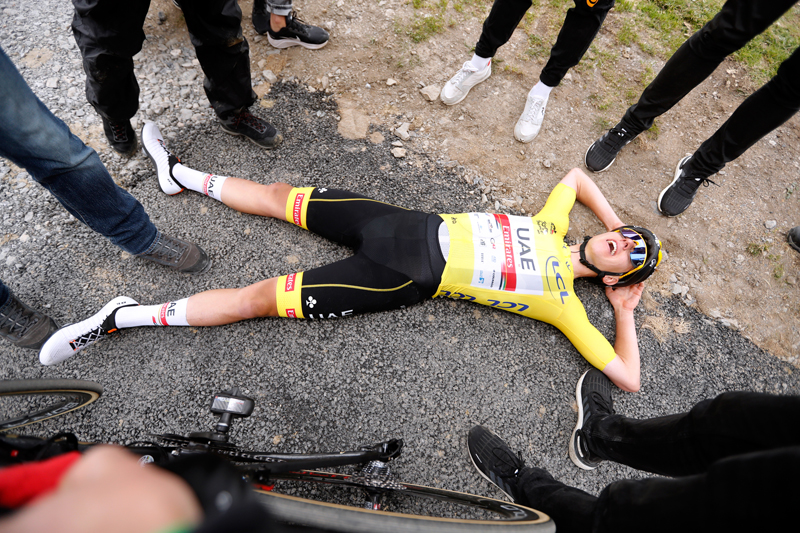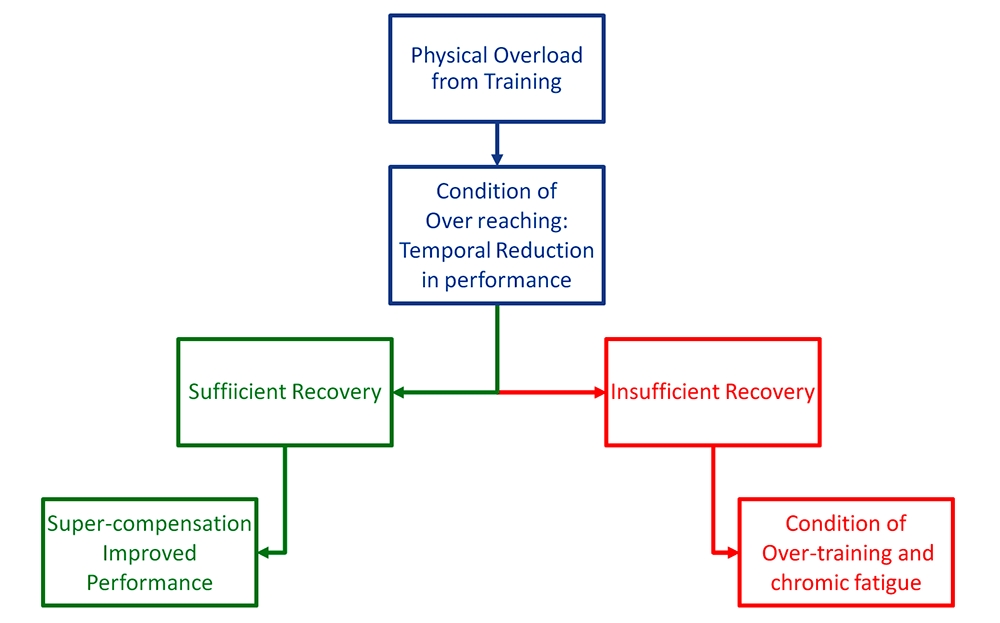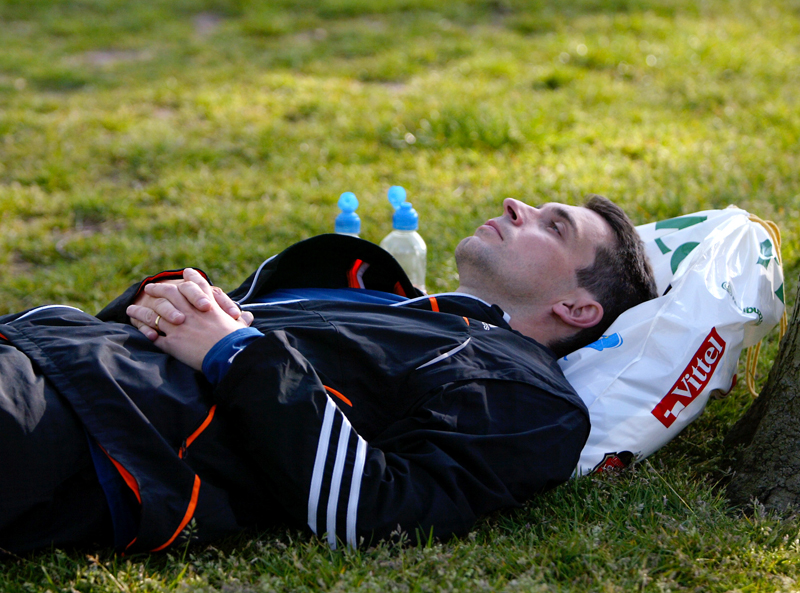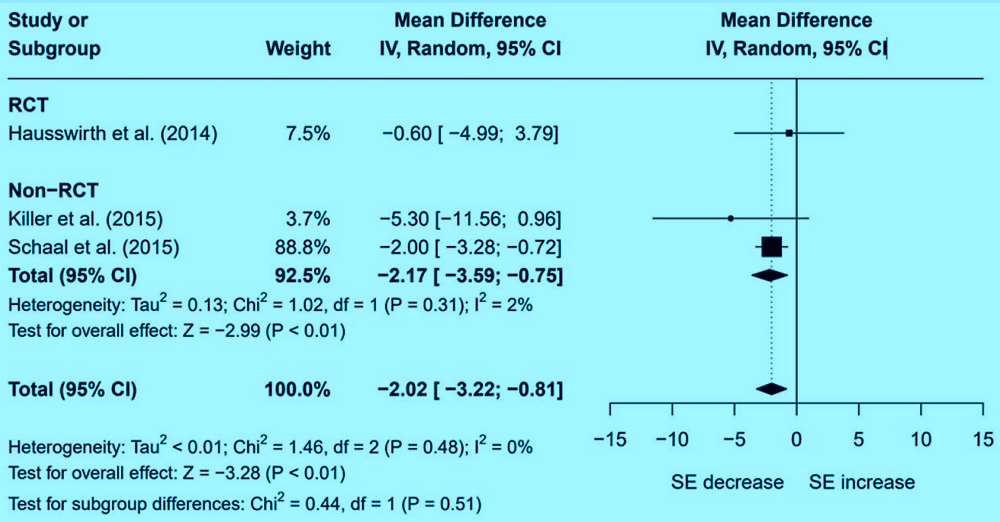You are viewing 1 of your 1 free articles. For unlimited access take a risk-free trial
Pushing the boundaries: the hidden sleep penalty
SPB looks at new research on the relationship between increased training loads and sleep patterns
The mantra ‘no pain, no gain’ is commonly used by athletes during hard periods of training. Of course, those among you who are experienced sportsmen or women will know that experiencing actual pain during a training session is more often than not a bad thing, and what is really meant is ‘no effort, no gain!
Producing training adaptations
For any athlete in training, there are three possible routes forward regarding fitness levels: gaining fitness, static levels of fitness or a decline in fitness. In the initial stages of training as a novice athlete, gaining fitness occurs almost by default, since even light or sporadic training will produce more of a training stimulus compared to zero training! However, as time progresses, fitness levels advance, and a solid training base is built up over a few months, athletes need to plan and execute their training more thoughtfully. Just simply carrying on with the training that ‘got you there’ will no longer be sufficient to gain fitness – ie fitness levels will become static because the training stimulus to produce further adaptations is no longer sufficient.
There are many ways to produce further training adaptations and fitness gains, including the introduction of, or stepping up of high intensity workouts (such as interval sessions, race-pace training etc), and/or training volume increases. Athletes can also incorporate other training modes such as strength training, flexibility work etc, which while not essential for the athlete’s main sport, are able to build the resilience needed to help support a heavier training load. Of course, higher training volumes and intensities, plus the inclusion of other modes of training means that athletes need to start paying extra attention to recovery, and planning their programs more carefully with this in mind.
Overreaching
In a well-designed training program, there will be blocks of higher-intensity or duration training interspersed with periods of lower-intensity training (including plenty of rest days) to ensure there are sufficient periods for recovery and rejuvenation – sometimes referred to as block training (see this article by Owen Anderson). During these relative recovery periods, the process of ‘super-compensation’ occurs, leading to a subsequent improvement in performance (figure 1).
As SPB author Alan Wells describes in his article on structuring soccer training programs, the transient state of fatigue that is induced during the blocks of higher-intensity/duration is termed as ‘functional ‘overreaching’, and can be a favourable condition for athletes with good existing levels of base fitness to experience if they are to gain performance improvements(1). In functional overreaching, a temporary state of fatigue is deliberately induced by planned higher-than-normal training loads, which when combined with enough subsequent rest and recovery, leads to useful gains in fitness.
While functional overreaching can be a very desirable outcome in a well-constructed training program, another type of overreaching known as ‘non-functional overreaching‘ is most definitely not. In non-functional overreaching, an unwanted state of fatigue is induced. This can happen for various reasons(2):
· A poorly planned training program with excessively high-load periods.
· A program that doesn’t include sufficient recovery days.
· In team and field sport athletes, when extra matches or games are scheduled in at short notice.
· When athletes undertake physically demanding tasks during their leisure time (eg building or construction work).
· When athletes experience psychological stresses not connected with training environment, such as exams, financial worries, moving house, relationship difficulties.
· Poor nutritional and sleep behaviours.
As a rule of thumb, we can say that non-functional overreaching has occurred if the planned overreaching does not result in a performance improvement after a short rest, or causes more short term performance decline than planned.
Figure 1: How differing training pathways can lead to performance enhancement or overtraining
Box 1: Understanding overreaching and overtraining
Functional overreaching: the planned workload of an athlete that causes a short-term performance decline, but which results in performance increases with rest.
Non-functional overreaching: the workload of an athlete that causes more short term performance decline than planned.
Overtraining syndrome: when an athlete has prolonged maladaptation to training or other outside factors. Needs to be diagnosed and treated with rest, usually for several weeks or more.
The line between functional and non-functional overreaching is a fine one, and keeping on the right side of that line requires constant monitoring and observation (see this article by James Marshall for an excellent overview of how to do this). When non-functional overreaching becomes chronic, an athlete risks entering the realm of overtraining - an altogether more serious condition requiring long periods of recovery, or even a complete cessation of sport for a period of time(3). For a more detailed discussion of overtraining syndrome, see this article, also by James Marshall).
Is functional overreaching is always okay?
While functional overreaching causes a temporary decrease in performance, so long as there is sufficient and appropriate recovery, athletes can expect that not only will they recover all their performance, but also that they are likely to achieve an improved level of performance compared with baseline level they had before the functional overreaching – a so-called ‘supercompensation’ effect(4). However, it’s important to emphasize that the induced fatigue following functional overreaching needs to be carefully managed through comprehensive recovery. If it is not, that functional overreaching may soon turn into non-functional overreaching.
Hopefully, you can see that while inducing functional overreaching can produce fitness dividends, it can be a double-edged sword; not only is it possible to go too far with the functional overreaching (ie too much extra volume/intensity over too long a period of time), even the ‘right’ amount of functional overreaching requires careful management of fatigue and excellent recovery.
Sleep and recovery
Although most athletes understand that good sleep matters for exercise recovery, many are unaware of just how important it is. It’s not just that sleep is intimately involved in the maintenance of various physiological systems within the body such as immune function(5), hormone regulation(6,7), and metabolic efficiency(8), it also turns out that not getting sufficient good-quality sleep can harm actual exercise performance(9). However, the relationship between sleep and exercise is even more complicated than that because an increased training load (such as that which occurs during overreaching) is often considered a risk factor for a deterioration in sleep quality – exactly when good sleep quality is most needed(10)! Indeed, sleep quality itself has recently been suggested as an excellent indicator to detect early signs of overreaching(11).
The sleep-overreaching connection
If functional overreaching requires excellent recovery and good-quality sleep is now known to be essential for recovery, it’s important to know if there is an interaction between overreaching and sleep quality. Unfortunately, recent evidence suggests that there is, and that functional overreaching can negatively impact sleep quality at the very time it needs to be excellent. For example, an expert consensus statement published in 2020 concluded that overreaching is associated with a decline in sleep quality(12). This relationship between functional overreaching and reduced sleep quality was also reported in a previous study two years earlier(13).
Some researchers have questioned these findings however. This is because both of these two previous studies looked at all sports literature related to overreaching and sleep. Unfortunately, there are a number of confounding factors in many sports that can independently influence sleep quality and that are not related to overreaching. Examples include sleep disturbances resulting from sore or stiff muscles, discomfort as a result of heavy contacts or collisions (in team sports), psychological demands (eg being under pressure to perform or succeed) etc. In other words, it’s quite difficult to separate out the effects on sleep quality of overreaching from all the other factors. Instead, what is needed is to focus on one kind of sport where there are a minimum of confounding factors.
Due to its comparative simplicity, endurance sport (running, swimming, cycling, rowing etc) is likely to be good candidate for investigating the relationship between functional overreaching and sleep quality. That’s because in endurance sport, there’s a very simple relationship between training load and duration/intensity. Also, the technical and psychological demands are minimal, and there is no physical contact, the consequences of which could impact sleep quality. To date, no studies have been carried out that have looked specifically at endurance training, overreaching and sleep quality, but now new research published last month by an international team of researchers has provided definitive answers(14).
New research
Published in the journal ‘Plos One’, this new research consisted of systematic review and meta-analysis (where all the data from relevant previous studies is pooled and analyzed to give more robust conclusions) of the effect of overreaching resulting from endurance-based training only (ie all other sports excluded) on sleep quality. In total, 805 studies were screened initially and of these, 14 studies were included in the systematic review and analysis. These 14 studies involved:
· Endurance exercise modes of cycling (5 studies), rowing (4 studies), triathlon (3 studies), running (2 studies), and swimming (1 study).
· Overreaching protocols averaging 16 days in length (ranging from 6 to 28 days).
· The participants (or a subset) being classified as overreached at the end of the protocol - characterized by a decrement in performance from before to after the intervention.
· Using wrist worn sleep actigraphy as a form of objective sleep measurement.
· Also recording subjective measures of sleep quality.
A detailed description of all the studies included in the analysis is shown in table 1 here. In order to detect overreaching, the following performance tests were conducted using an individual or combined approach: time trials, maximal incremental tests, maximal sprint tests, and time to exhaustion tests. Of the 14 studies, 12 tailored the overreaching intervention to each participant’s baseline training (ie the relative change in training load was matched between participants but the absolute change may have differed), while two did not. Following the initial review of the studies, a sophisticated statistical analysis was carried out on the combined and pooled data to reach some overall conclusions.
The findings
When the data had been number crunched, two key findings occurred:
1. Overreaching as a result of increased endurance training intensity/volume caused a small but significant reduction in objective sleep efficiency – by around 2% (see figure 2). In other words, measured using sleep actigraphs worn on the wrist, overreaching resulted in less restful sleep with more interruptions and longer sleep latency (time taken to fall asleep).
2. In contrast to objective sleep quality, the results from the subjective measures of sleep quality (how the athletes perceived their sleep) showed no change at the end of the overreaching period.
Figure 2: Overreaching and objective sleep quality
The groups of studies from table 1 are shown on the left. The zero vertical line = no effect on sleep quality; to the left of this line = a negative effect (harmful) while to the right = a positive effect (beneficial). The blocks and diamonds to the left of the solid zero line indicate a reduction in objective sleep quality with overreaching. The dotted vertical line to the left of the zero line shows the average finding for all the studies.
Practical implications for athletes
In summarizing their findings, the study authors concluded that “It appears that overreaching from endurance-based training can deteriorate objective sleep quality without influencing the perception of sleep quality.” In short, towards the end of a managed period of functional overreaching, you may not feel like or be aware that your sleep quality is being negatively impacted, but it will be. This of course is far from ideal because maintaining sleep quality matters for recovery; assuming that your sleep patterns are fine when they are actually being negatively impacted is not ideal!
Having said that, some context is needed here. The decline in objective sleep after an average of 16 days of functional overreaching was only small, averaging 2%. This is a small amount and may not be meaningful in terms of your ability to recover. It’s likely that for shorter periods of overreaching, this decline would be even smaller (albeit probably greater for periods over 16 days). Nevertheless, athletes should be aware that even during planned overreaching, where they feel sleep quality is good, the reality is that it will decline and they are likely to be unaware of this decline.
From a practical perspective, while sleep quality may well be sensitive to non-functional overreaching, using subjective sleep scores and or actigraphy to monitor early signs of functional overreaching is unlikely to be useful on its own; even actigraphy after 16 days will only register small changes. Of course, sleep changes may become much more noticeable when functional overreaching transitions to non-functional or overtraining but as an athlete seeking performance and health, you don’t ever want to get to that stage! Instead therefore, athletes should combine sleep quality monitoring (both objective and subjective) with other methods of monitoring training status monitoring such as mood, perceived effort, and muscle soreness. If mood declines and/or effort and muscle soreness/leadenness rises, this is a sure sign you need to back off.
Finally we can conclude that relying on subjective sleep quality alone as a way of monitoring your training status is NOT a good idea as you may well have entered the non-functionally overreached stage by the time you are aware of poorer sleep patterns! In addition, it makes sense that whenever you undertake a period of planned functional overreaching, you make a special effort to ensure you are getting sufficient amounts of high quality sleep (see this excellent article by James Marshall for tips and guidelines).
References
1. Int J Sports Med. 2007 Feb;28(2):116-24
2. Sports Medicine 2020. Vol 50, p1059–1073
3. Med Sci Sports Exerc. 2013;45:186–205
4. Eur J Sport Sci. 2013;13: 1–24
5. Commun Biol. 2021;4: 1304
6. Sleep Med. 2008;9: 23–28
7. Growth Horm IGF Res. 2004;14: 10–17
8. Sleep Med Rev. 2022;62: 101594
9. Sport Med. 2022;52: 2669–2690
10. Sport Med. 2017;47: 1317–1333
11. Front Physiol. 2018;9: 436
12. Br J Sports Med. 2020;55: 356–368
13. Front Physiol. 2018;9: 436
14. PLoS One. 2024; 19(5): e0303748
Newsletter Sign Up
Testimonials
Dr. Alexandra Fandetti-Robin, Back & Body Chiropractic
Elspeth Cowell MSCh DpodM SRCh HCPC reg
William Hunter, Nuffield Health
Newsletter Sign Up
Coaches Testimonials
Dr. Alexandra Fandetti-Robin, Back & Body Chiropractic
Elspeth Cowell MSCh DpodM SRCh HCPC reg
William Hunter, Nuffield Health
Keep up with latest sports science research and apply it to maximize performance
Today you have the chance to join a group of athletes, and sports coaches/trainers who all have something special in common...
They use the latest research to improve performance for themselves and their clients - both athletes and sports teams - with help from global specialists in the fields of sports science, sports medicine and sports psychology.
They do this by reading Sports Performance Bulletin, an easy-to-digest but serious-minded journal dedicated to high performance sports. SPB offers a wealth of information and insight into the latest research, in an easily-accessible and understood format, along with a wealth of practical recommendations.
*includes 3 coaching manuals
Get Inspired
All the latest techniques and approaches
Sports Performance Bulletin helps dedicated endurance athletes improve their performance. Sense-checking the latest sports science research, and sourcing evidence and case studies to support findings, Sports Performance Bulletin turns proven insights into easily digestible practical advice. Supporting athletes, coaches and professionals who wish to ensure their guidance and programmes are kept right up to date and based on credible science.













